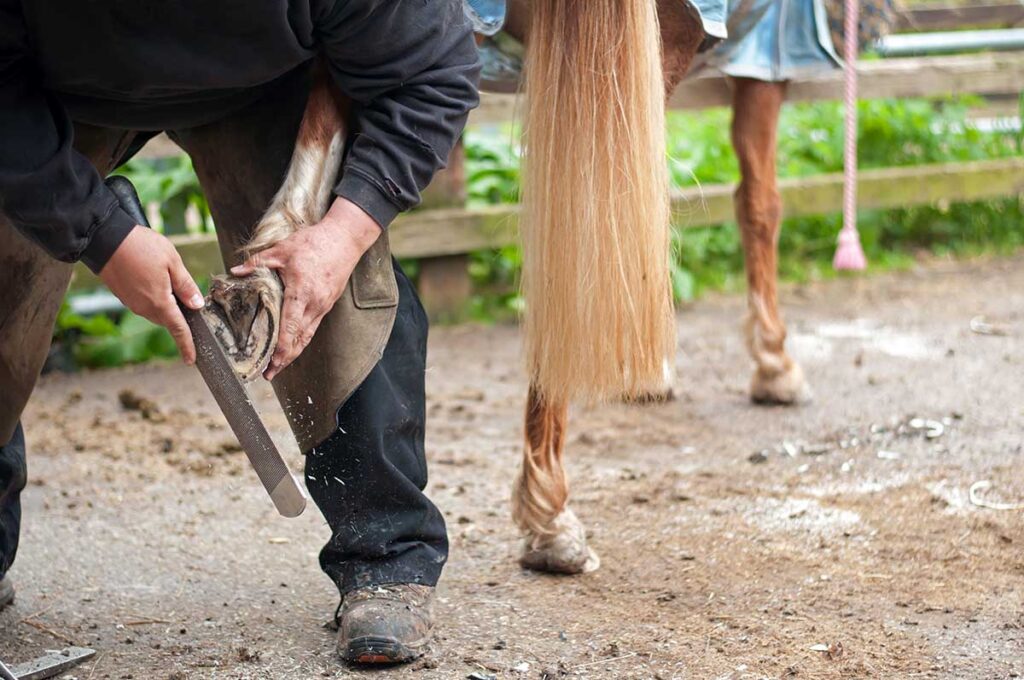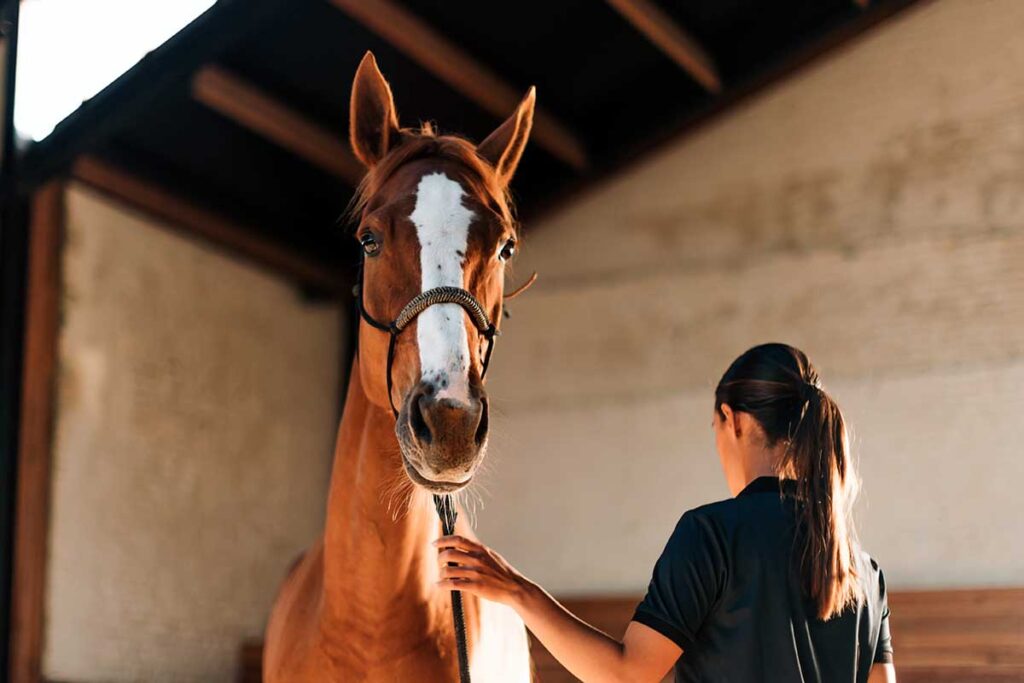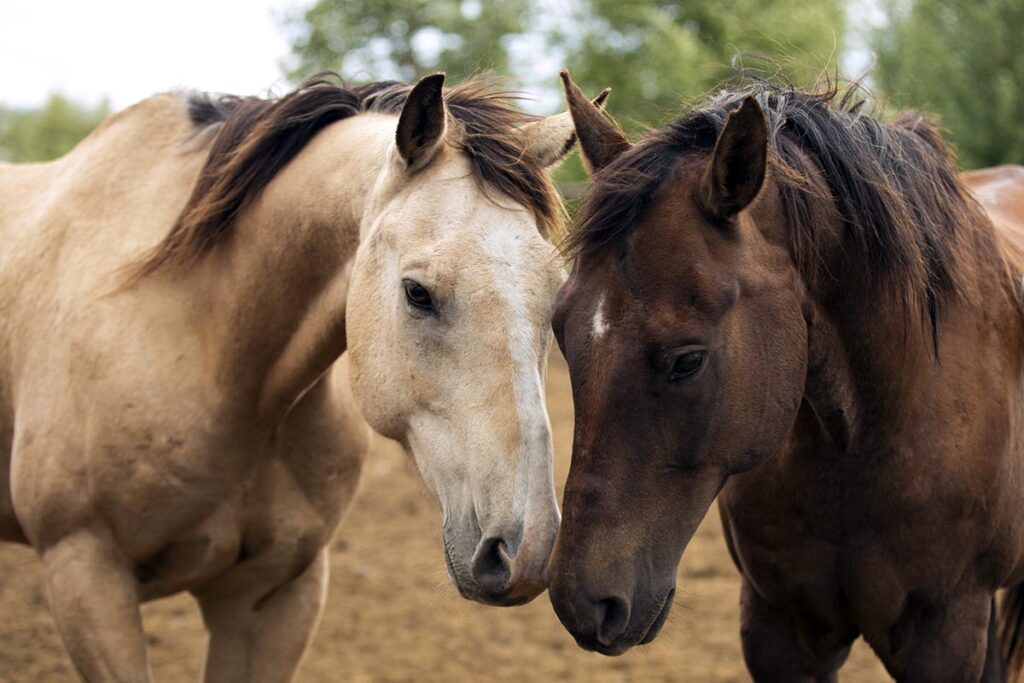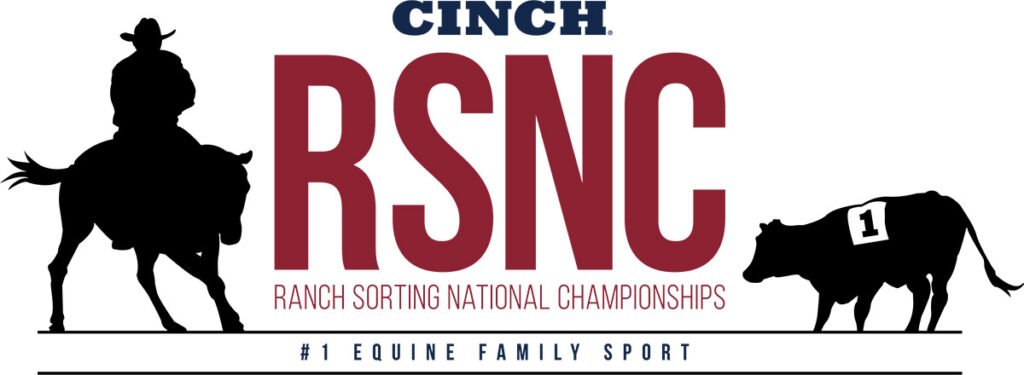Pure happiness for a horse person is gazing out the kitchen window to admire their horse foraging in the field beyond. Before you can enjoy a horse in your backyard, however, you need a safe, comfortable, and functional space in which to keep him. Whether you’re giving an existing barn or fenceline a facelift or you finally have that slice of horse heaven and are ready to build for the first time, a horse barn plan can help. In this article, we’ll give you some horse barn and fencing plan basics so you can get started creating the horse property of your dreams.
Building Your Barn
Today’s barn options are many, from a pole barn with dirt floors to an insulated, padded horse heaven. You can build your own barn, buy a prefabricated model, or hire a company to custom-build your barn for you. Typically, building your own is the least expensive choice (if you know what you’re doing), a custom barn is your costliest choice, and a prefab barn lies in the middle of the cost scale. Which type of horse barn is right for you? Major considerations include type/materials, size, layout/design, cost, and add-ons. Here’s a quick look at each one.

- Type/materials. Barn type and materials go hand in hand. Consider a wood barn if you live in an area with a low fire risk and would like to build the barn yourself or have one custom built. Note that wood-while cost effective for small barns-costs more and is more difficult to maintain than steel models. Prefabricated barns are made from steel, which is strong, reasonably priced, a breeze to keep up, and great for areas with high fire risk. Steel barns do, however, lack the character and warmth of a wood barn.
- Layout/design. Next, decide how many and what size stalls you need (the bigger the stall, the happier your horse will be), how much feed and hay storage you need, and the size you’d like your tack room to be (if any). Depending on your budget, you might want a wash rack/vet-care area, storage for wheelbarrows and other stable supplies, and even a bathroom or an office. Layout and design are the fun part of barn building, but if your “wants” exceed your budget, it’s easy to get frustrated.
- Cost. What you’ll pay for your barn varies widely, depending on the type of construction you use. A no-frills pole barn with a metal shell is around $4 per square foot. Custom barns can run you into six figures. Whatever you choose, be sure to factor in materials, insulation, excavation, grading, concrete foundation, water lines, stalls (including mats and fittings), and add-ons. Also consider location. If you build on an uneven surface, an excavator will charge more than if you build on a flat one. If you’re tapping into a preexisting well, be sure that move will meet code in your area. Consider, too, how far you’ll need to lay your water pipes.
- Add-ons. These include such construction features as overhangs, eaves, gutters, flooring, ceilings, artificial light, doors, windows, and skylights. Be sure to give yourself plenty of electrical outlets for clippers, tank heaters, etc. Also, decide if you’d like to budget for an automatic watering system and/or an automatic fly control system.
- Ventilation. Good ventilation is critical to your horse’s health and well-being. Enclosed barns harbor ammonia fumes (from urine), hay dust, and other debris. Constant exposure to such irritants can put your horse at risk for chronic obstructive pulmonary disease, commonly known as heaves. To minimize this risk, place your barn perpendicular to prevailing breezes, install a high ceiling, and add plenty of windows. Carve inlets near the ground to draw air in, and place vents and windows up high to let the air out. If your budget can handle it, install a cupola with an air turbine on the roof.
- Natural light. The more light you let into your barn, the better. The sun’s ultraviolet rays kill disease-causing bacteria, viruses, and larvae of internal parasites. Again, this means plenty of windows. Another secret to good lighting is a raised center aisle (RCA) design, in which the roof is split into three parts. Two sides slope down to each eave, and a raised portion runs along the roof line. By placing windows in this raised portion, you can increase light and ventilation.
Selecting a Builder

Unless you’re doing all the work yourself, the next step when horse barn planning is to select a builder. You can check out a nationwide builder. Or you may prefer to find a regional builder working in a multi-state region. To find a regional builder, pick up a local agriculture publication or go to a local horse expo, show, or other horse event.
You can also talk to a local builder. To find one, talk to other horse owners in your area, check tack/feed stores, hardware stores, and online search results. You never know where you might find the best price and the right fit for your needs, so explore all your options. If you drive past a horse barn you like, ask the owner who built it. (Note: If you go with a regional or local builder, check out other barns the company has built, and ask for references.)
You might find that your barn builder also builds stalls, can finish your tack room, and/or lay a foundation. This may be more cost-effective than subcontracting all the work needed.
Make sure you feel comfortable working with the representative from the company you’ve chosen. Invariably, miscommunications occur, you’ll change your mind, or you’ll have new ideas for your barn, so choose someone you feel will work with you.
During construction, keep a close eye on the progress, but be flexible. For instance, if the salesman who sold you the barn hasn’t visited your premises, the builder may need to make some changes.
Finally, look for a company that will guarantee its work, and is established. A new company may give you a low bid but might not be around later. If things start to go wrong, you’ll be out of luck.
Fencing Basics

If you keep your horse in a pasture all or part of the time, you’ll need good, solid fencing. You can either invest in barrier fencing, which physically keeps your horse contained, electric fencing, which your horse learns to respect after getting zapped, or a combination of the two.
Barrier fencing includes traditional wood; vinyl-coated, pressure-treated wood; hollow vinyl; high-tensile PVC rail; coated, high-tensile wire; high-density monofilament; wire mesh; and steel pipe. Adult geldings and mares need a barrier fence at least five feet high; stallions need a fence at least six feet high.
Electric fencing tends to be cheaper than barrier fencing, because you use an electric charge to contain your horse, rather than relying solely on a physical barrier, thus reducing the amount of material used. Also, the electric shock discourages your horse from touching the fence, which reduces wear and tear. You can use electric fencing alone or add it to barrier fencing to keep your horse from chewing or rubbing, for additional security, and/or for additional height.
Types of electric fencing include electric poly-tape, electric braid, electric-coated high-tensile wire, and electric rope.
Related: Choosing the Right Type of Fencing for Your Horse
Take-Home Message
Designing your horse’s living space requires careful consideration of many factors, including layout, materials, and amenities. By taking the time to do your horse barn planning and research, you can create an ideal space for your equine friends that meets your needs and budget. Work with experienced professionals, and prioritize your horse’s needs throughout the process.








